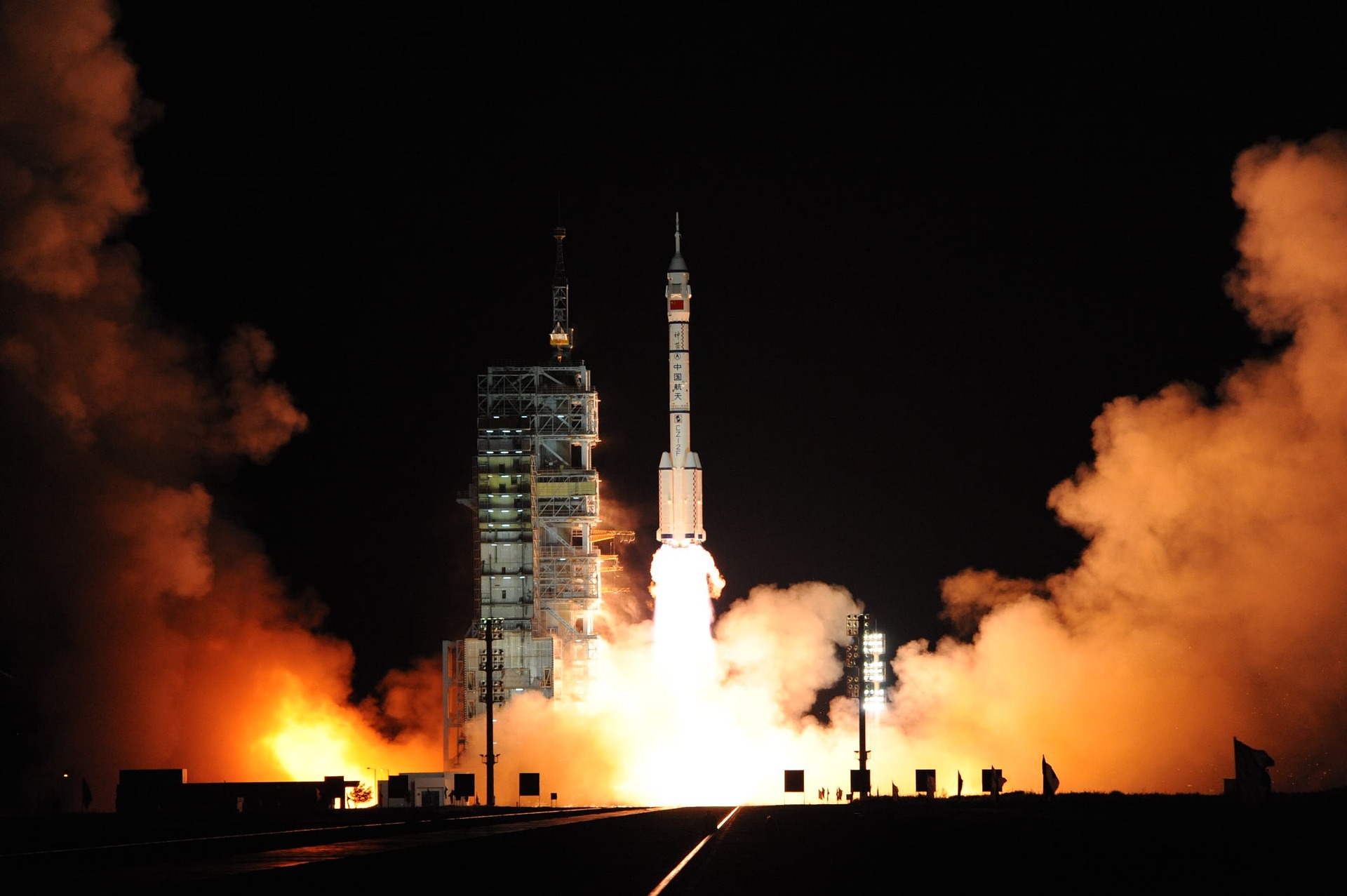From extreme temperatures, hot and cold, to pressure bordering on a vacuum, equipment used in space has a lot to deal with. And, to add to the scale of the challenge, any equipment put into space is completely inaccessible for maintenance. So, if something breaks or disconnects, it can put the entire mission at risk. Here Sean Fitall, senior product manager at space-grade electrical connector specialist PEI-Genesis, discusses the special considerations that go into designing space-worthy electrical connectors.
When an electrical connector is needed for applications beyond the Earth’s atmosphere, it often needs to be space qualified. These are high-performance connectors that undergo rigorous testing for issues, such as outgassing and residual magnetism, and offer superior performance and reliability in harsh service conditions. Furthermore, space qualified connectors must be lightweight, compact and able to withstand harsh environments, such as the extreme temperatures and vibrations experienced during lift-off.
Outgassing
Outgassing is a major concern for space grade connectors. Materials like elastomers and plastics can slowly release volatile organic compounds (VOCs) in the form of gas or vapor over time. These VOCs result in contamination that can negatively impact the performance of mission-critical equipment. For example, it can strip plastic of some of the particles that help hold it together, causing components to become brittle and directly reducing their expected lifespan. Furthermore, it can cause condensation to build up on surfaces inside the space vehicle, such as sensors and camera lenses.
Because replacing embrittled connectors and cleaning these laminated sensors would require another multi-million-dollar rocket, avoiding outgassing is crucial. The way around this is to extract the VOCs prior to launch. This is typically accomplished by baking the connectors at an elevated temperature in a vacuum-sealed oven. After this process is complete, the connectors are tested to verify that they meet the strict requirements of space, aerospace and military applications.
Residual Magnetism
Residual magnetism can interfere with the performance of nearby equipment and result in false readings, which could be catastrophic depending on the equipment and sensors involved. For that reason, space grade connectors must meet requirements involving residual magnetism.
Metallic connectors constructed specifically with low residual magnetism include the Positronic Space D-Subs. These conform to contact specifications outlined by NASA, as well as MIL-DTL-24308 class M specifications for D-Subs, and NASA-RP-1124 outgassing standard tests. Testing is carried out using a fluxmeter following NASA space grade requirements for electric components.
Space grade connectors must meet some of the most stringent requirements for critical characteristics such as connector outgassing, residual magnetism, EMI-RFI shielding, ability to seal out the environment, compact size and, most of all, reliable performance. Product lines such as Positronic and Hermetic brands are excellent options, not just for spacecraft but aerospace, military, and medical applications too.
PEI-Genesis provides solutions to meet space qualified connector design needs. In addition to industry standard products, PEI-Genesis can outgas electroless nickel-plated versions of MIL-DTL-38999s to convert them into space grade Class G D38999 connectors. Its manufacturing facilities have state-of-the-art equipment, allowing it to successfully outgas a connector in a matter of hours, rather than weeks. The requirements for space grade connectors are critical, along with having a trusted partner so performance is always guaranteed.
To find out more, visit https://www.peigenesis.com/en/connectors/by-series-type/space-grade-connectors.html.
